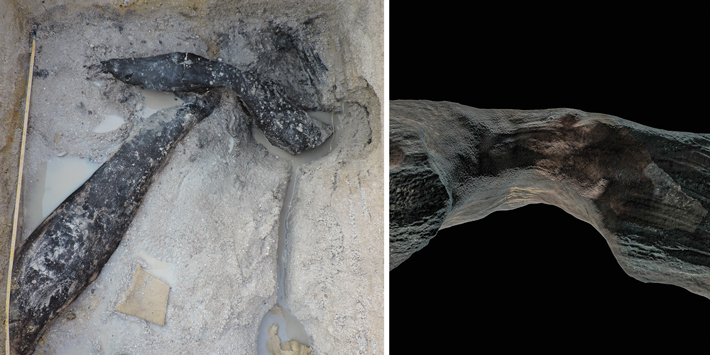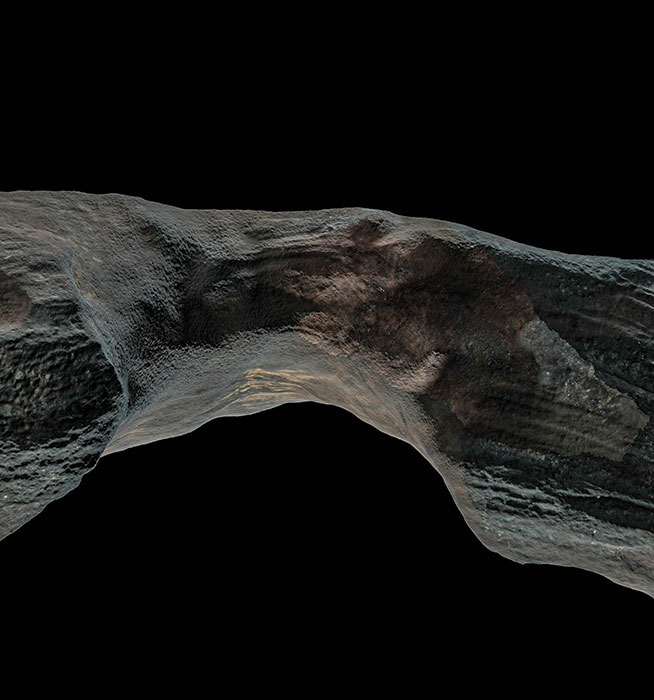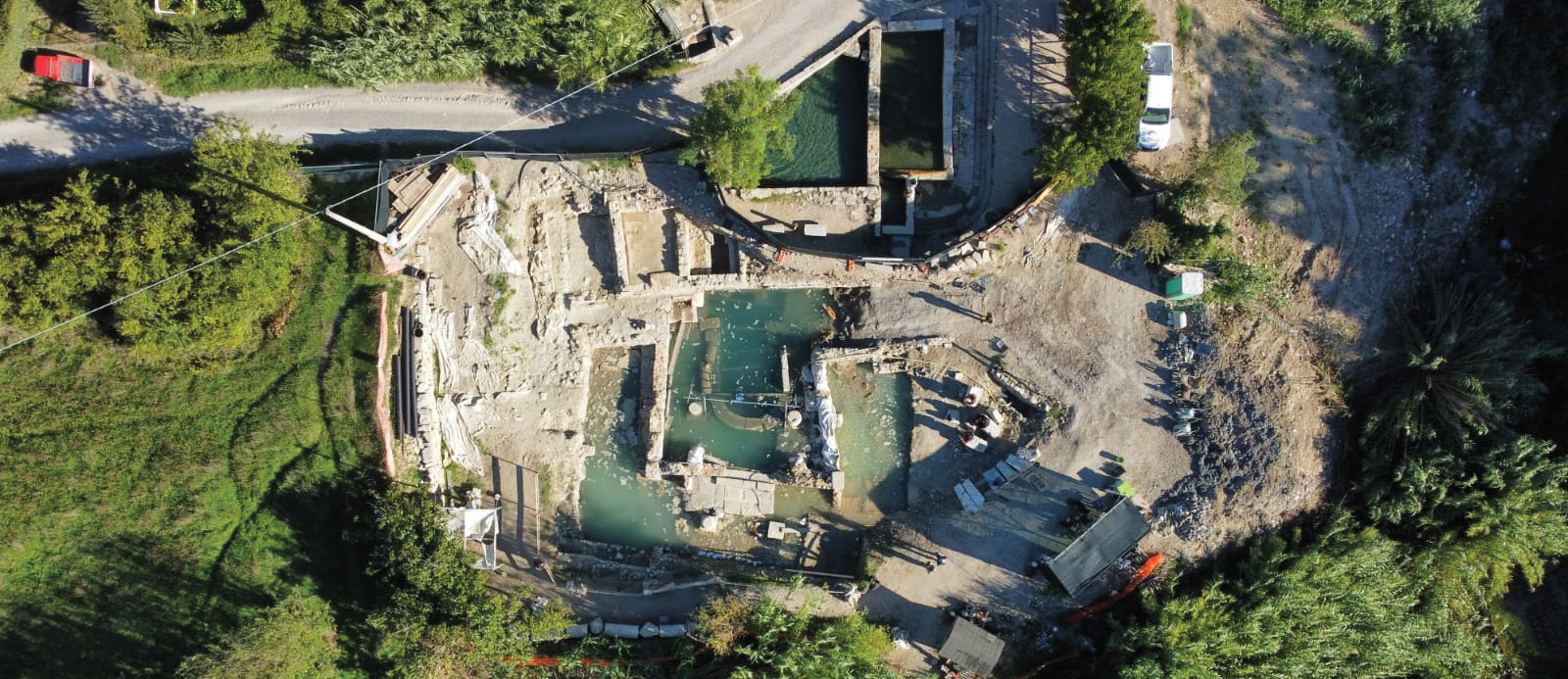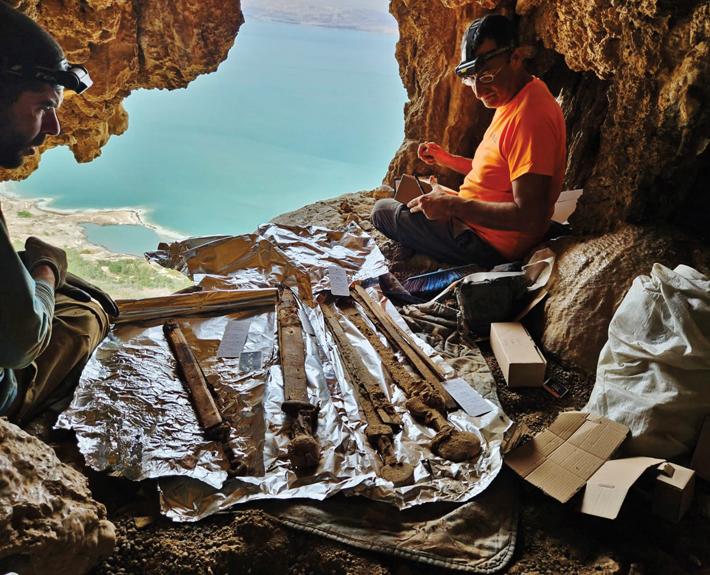
Rarely has a single find changed scholars’ views of the capabilities of people of the past as radically as the discovery of the world’s earliest known wooden architecture, which dates to nearly half a million years ago. The pair of interlocking logs joined by an intentionally cut notch was unearthed beneath a bank of Zambia’s Kalambo River by a team led by University of Liverpool archaeologist Larry Barham. Researchers believe the logs may have formed part of a walkway or the foundation of a platform built over wetlands. Prior to this discovery, the oldest known surviving wooden structures were built by people living in northern England around 11,000 years ago.
The 476,000-year-old log structure predates the appearance of the first modern humans by some 150,000 years and was likely the handiwork of the archaic human species Homo heidelbergensis. Paleoanthropologists believe H. heidelbergensis was highly mobile. Thus, it is surprising that the hominins would have invested labor in building a semipermanent structure. “We haven’t seen archaic humans manipulating their environment on such a large scale before,” says Barham. “It suggests an attachment to a single point on the landscape.”
At the same site, the team unearthed stone axes as well as four wooden tools dating to between 390,000 and 324,000 years ago. These included a digging stick, a wedge-shaped object, a notched branch, and a flattened log. Marks on the log, notes Barham, resemble nothing so much as tool nicks on a work bench, inviting speculation as to what other structures an imaginative H. heidelbergensis woodworker might have fashioned.














